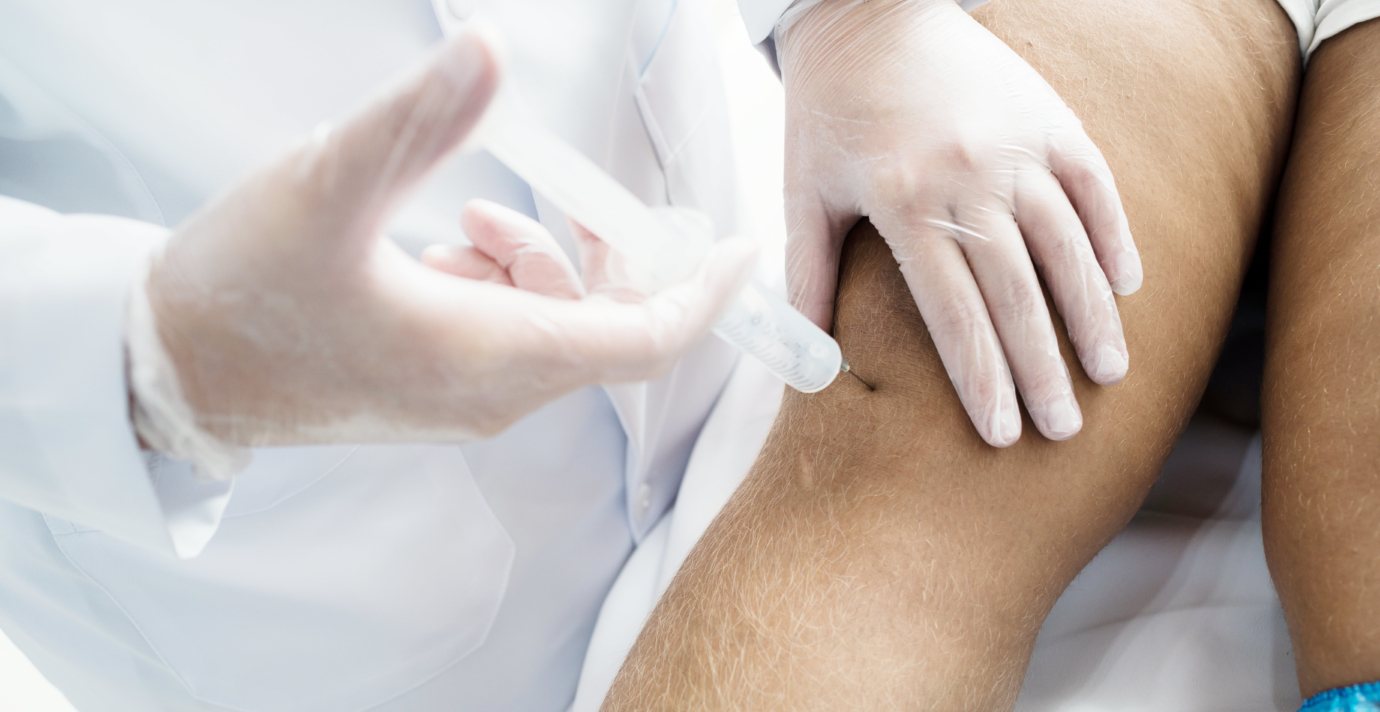
If you are experiencing symptoms such as joint pain, stiffness and swelling, talk to your doctor about whether you have osteoarthritis.
During the physical examination your doctor will look for a number of things such as tenderness, swelling or redness, creaking and swelling, and for the range of motion in the joint. Your doctor may order imaging tests such as x-rays or magnetic resonance imaging (MRI) to obtain pictures of the affected joint. Osteoarthritis can vary in intensity, ranging from mild to moderate to severe.
There are several different treatment options that depend on which joint is affected, the symptoms and their severity. Your doctor will talk with you to work out a plan that is right for you.

Synolis is an intra-articular solution to be injected in suffering from osteoarthritis that has the rheological properties of synovial fluid.11
Depending on your needs, the treatment will either consist of a single injection session of Synolis into the affected or of multiple injections.
With Synolis you benefit of

Synolis enables the improvement of the mobility and provides fast pain relief that are crucial to restore your mobility.
Efficacy clinically proven
It relieves pain within 1 week following the injection1
It relieves pain for at least 6 months1, 2, 9
